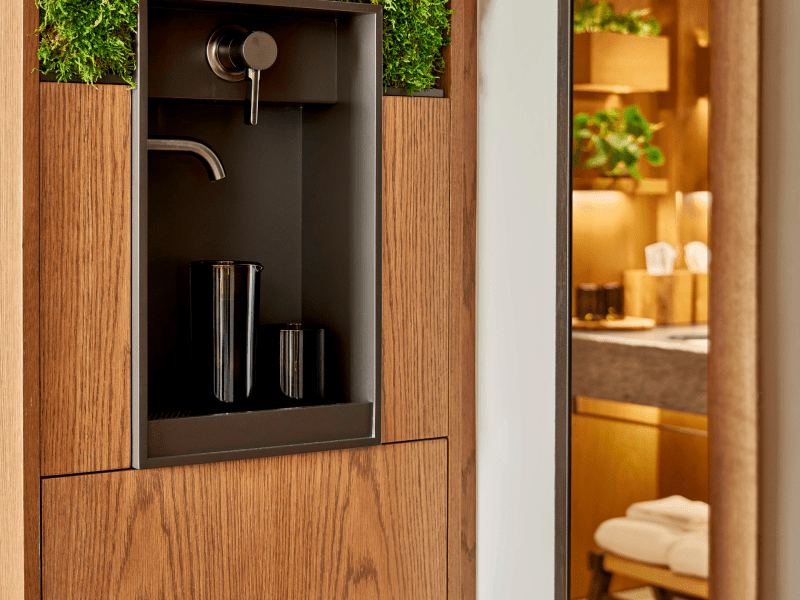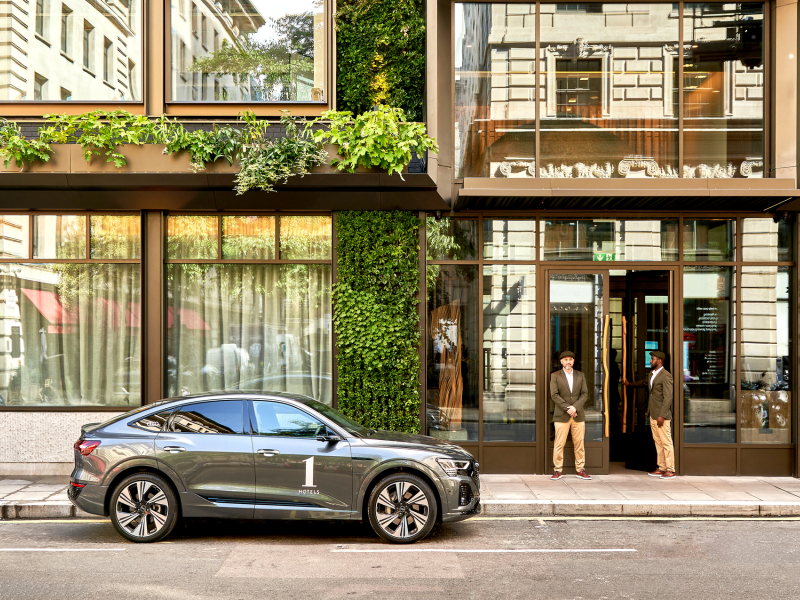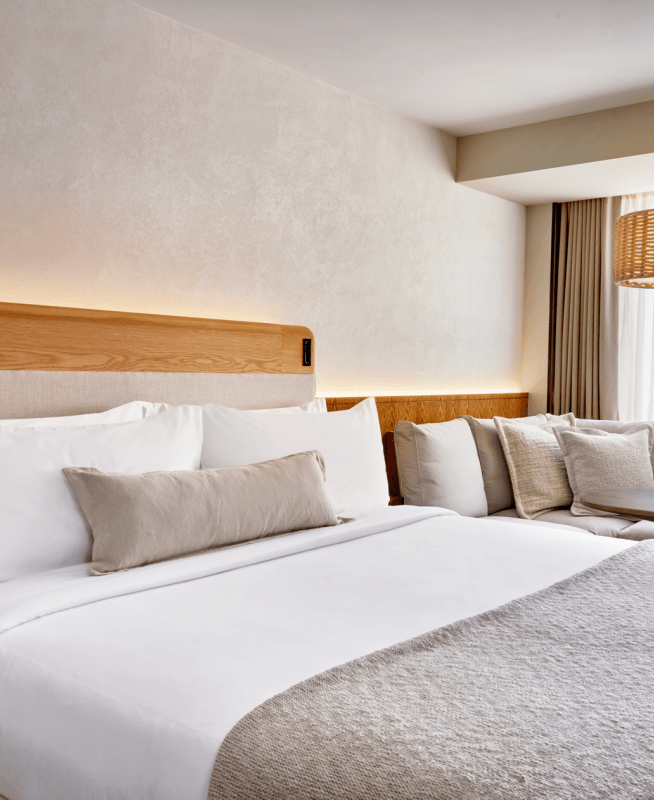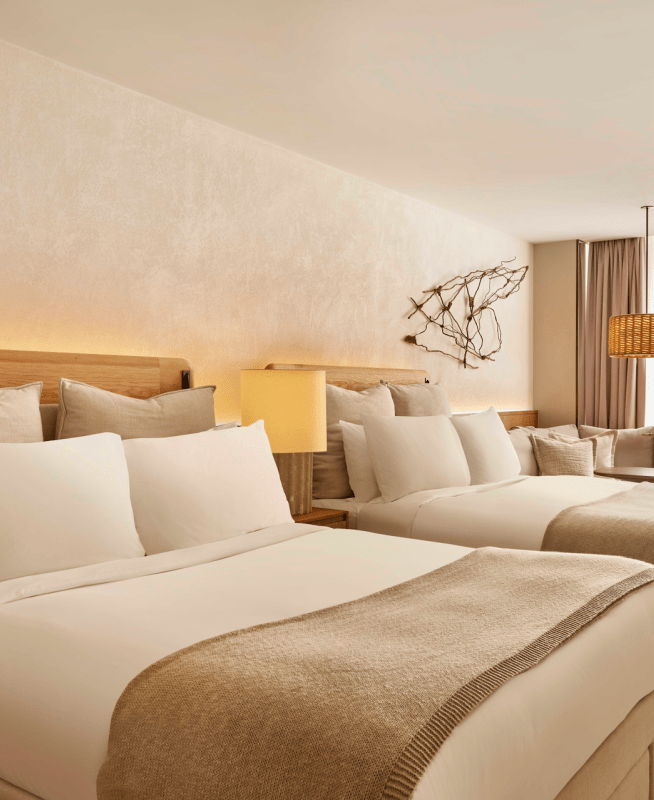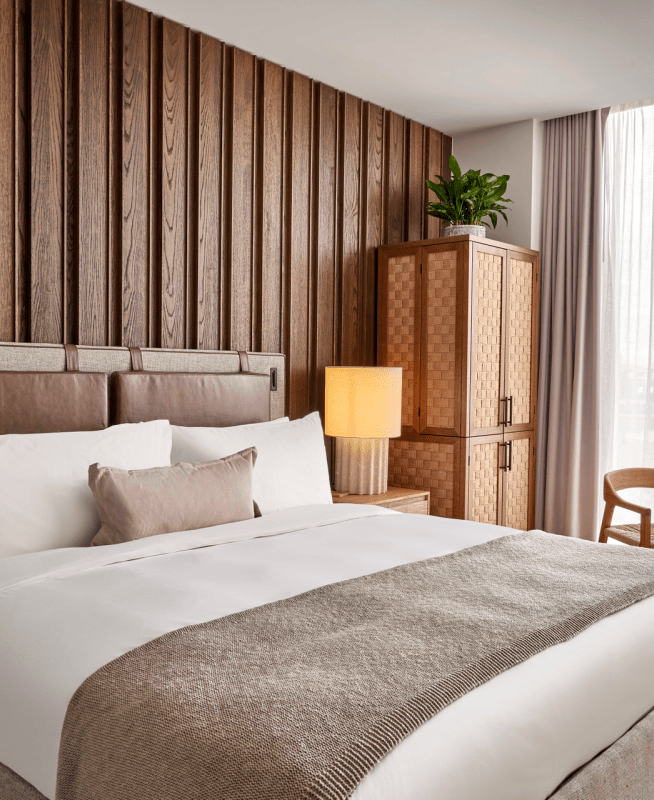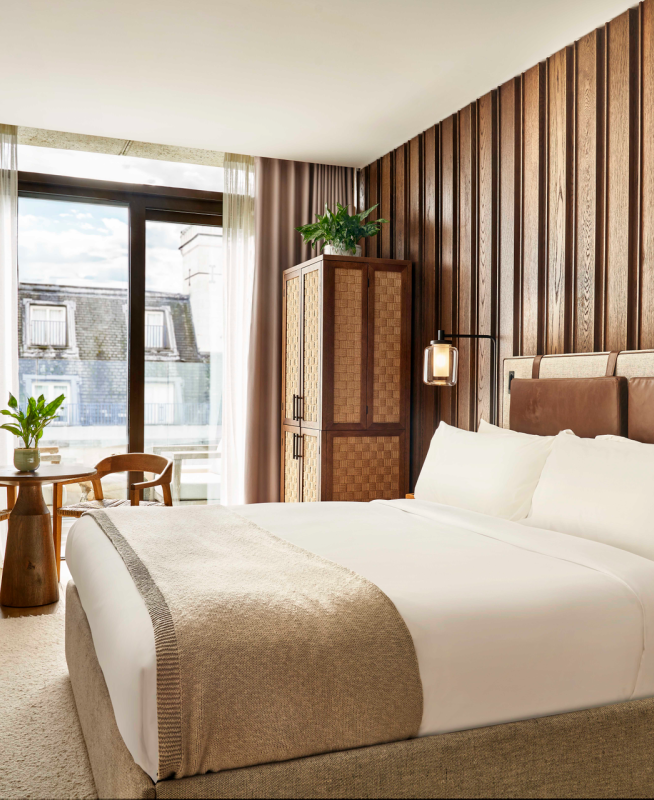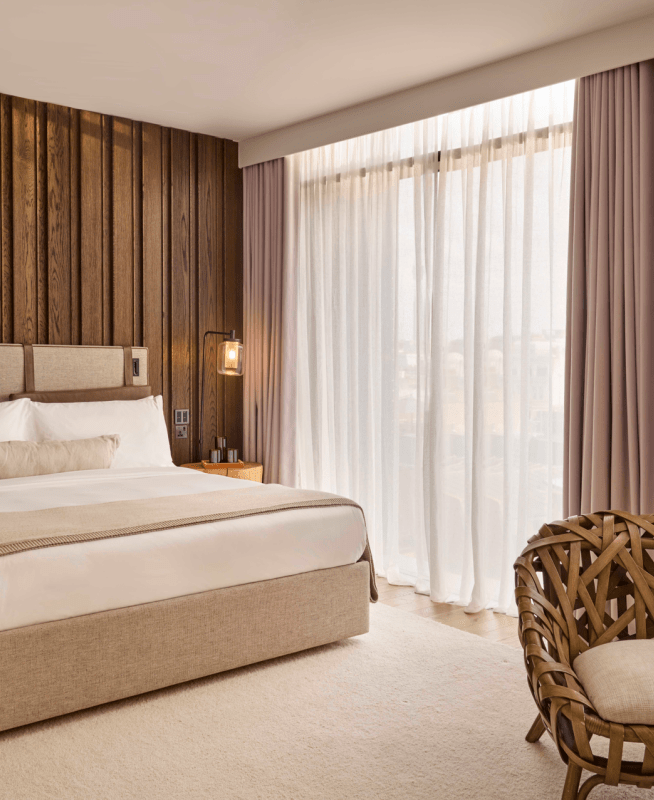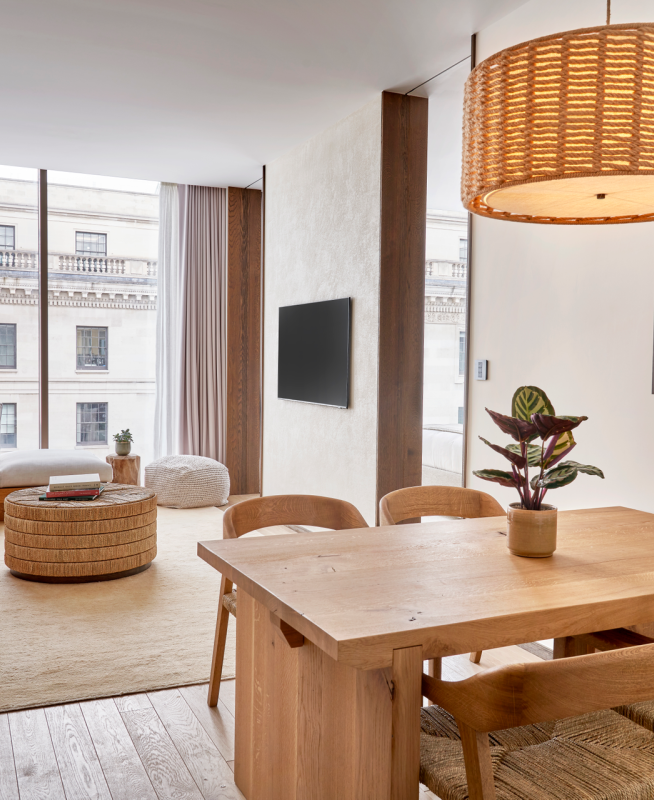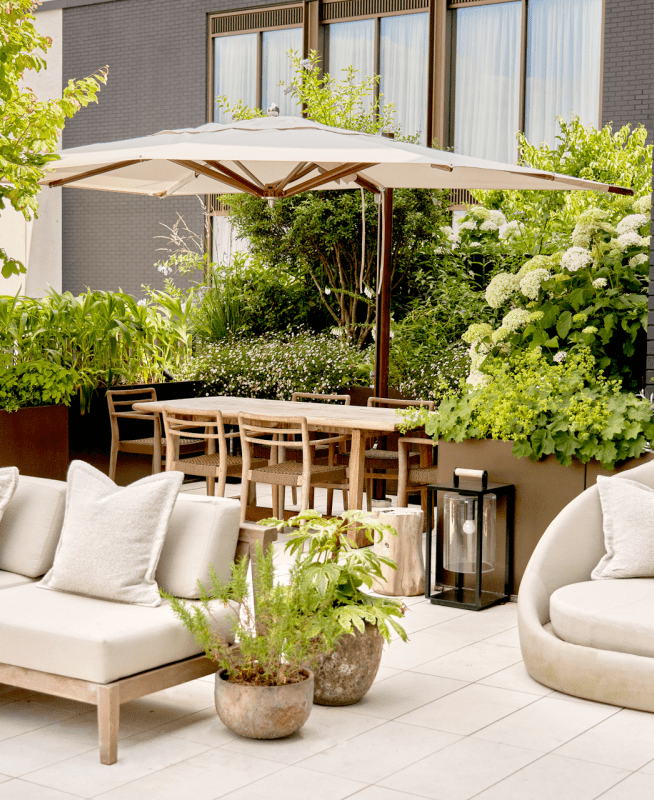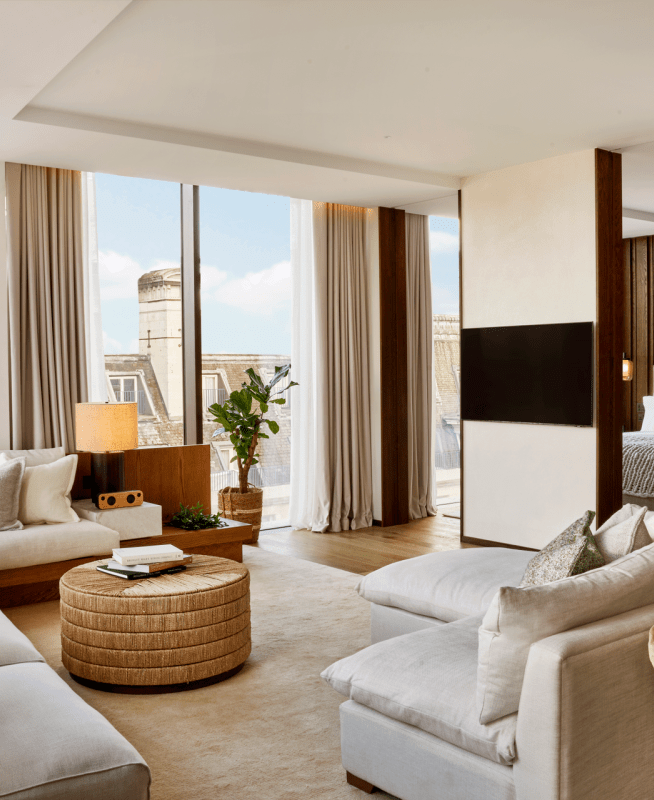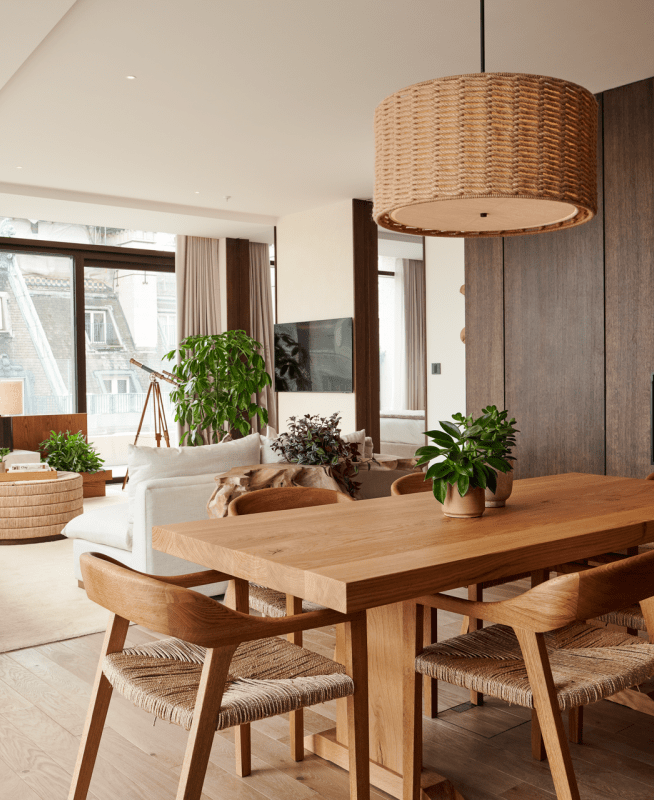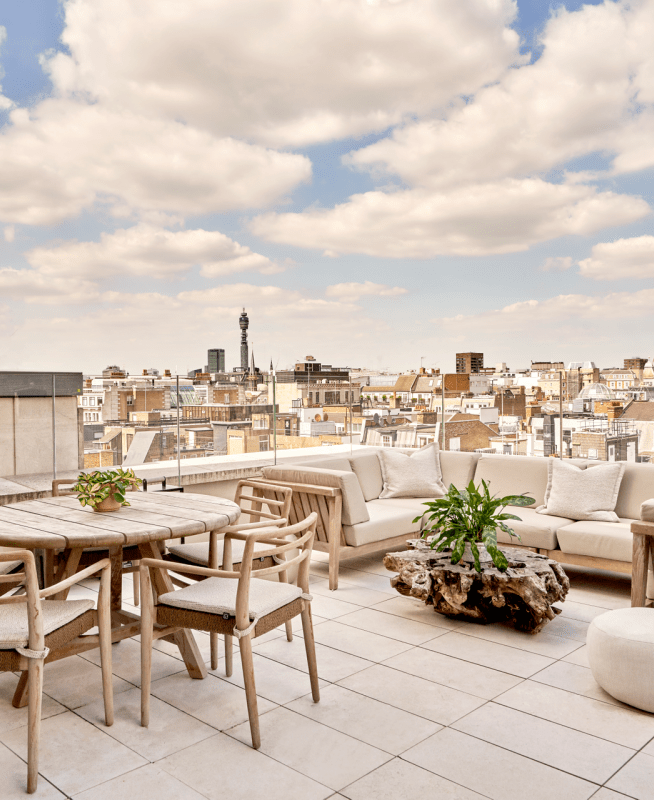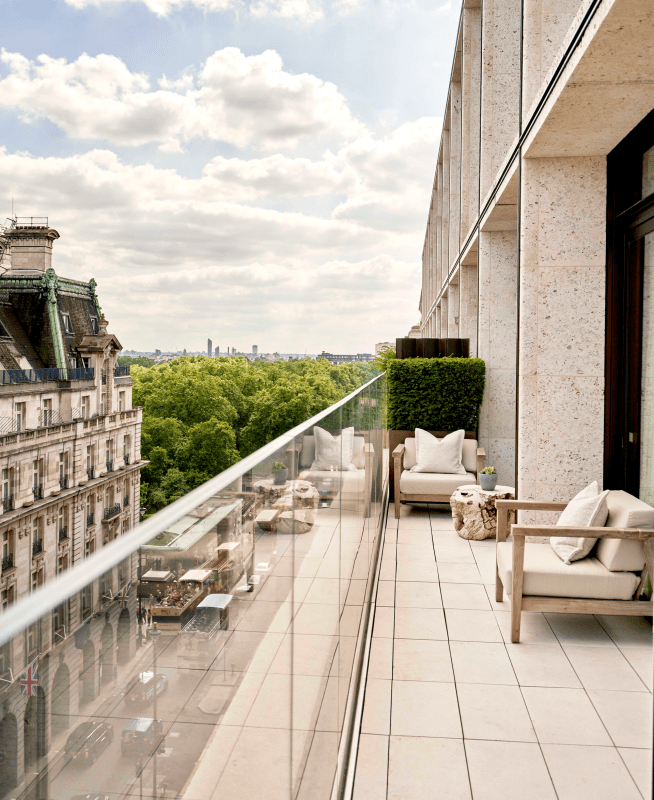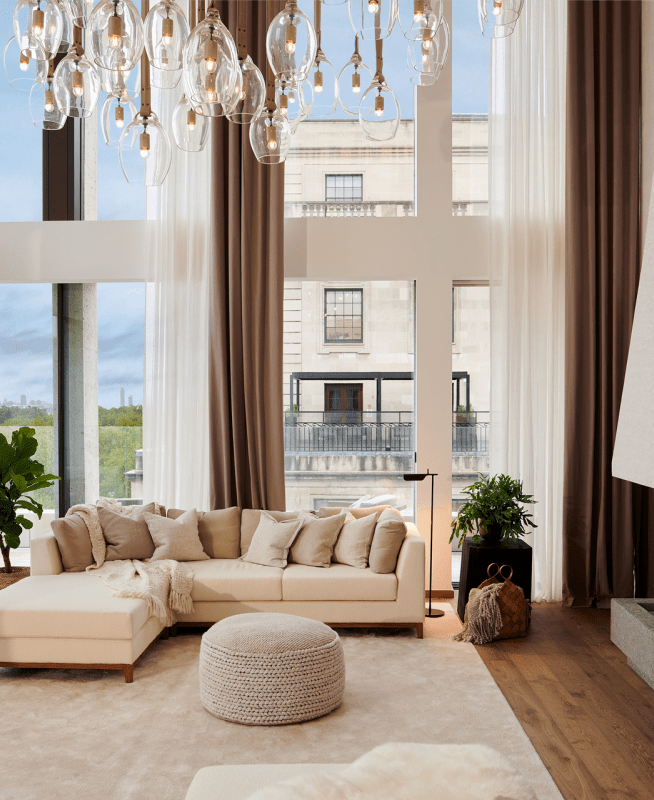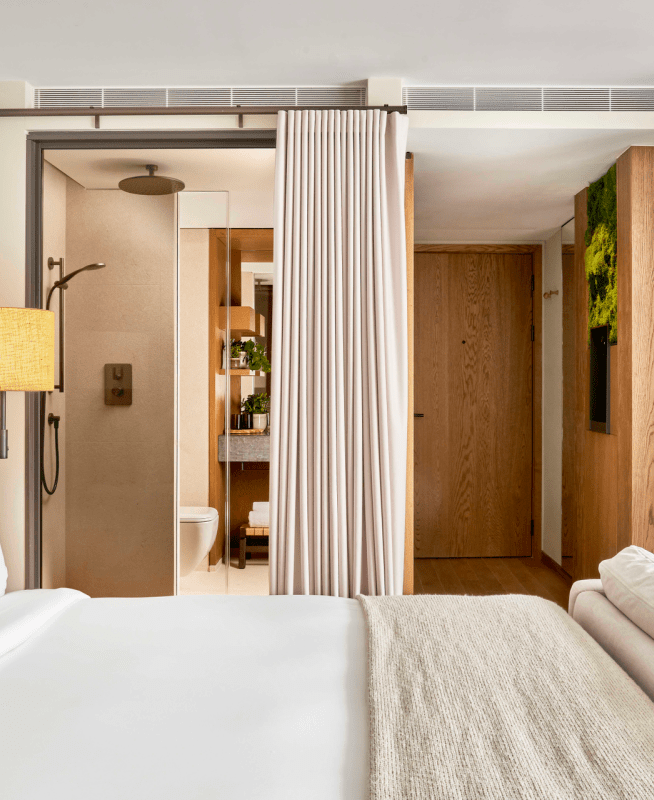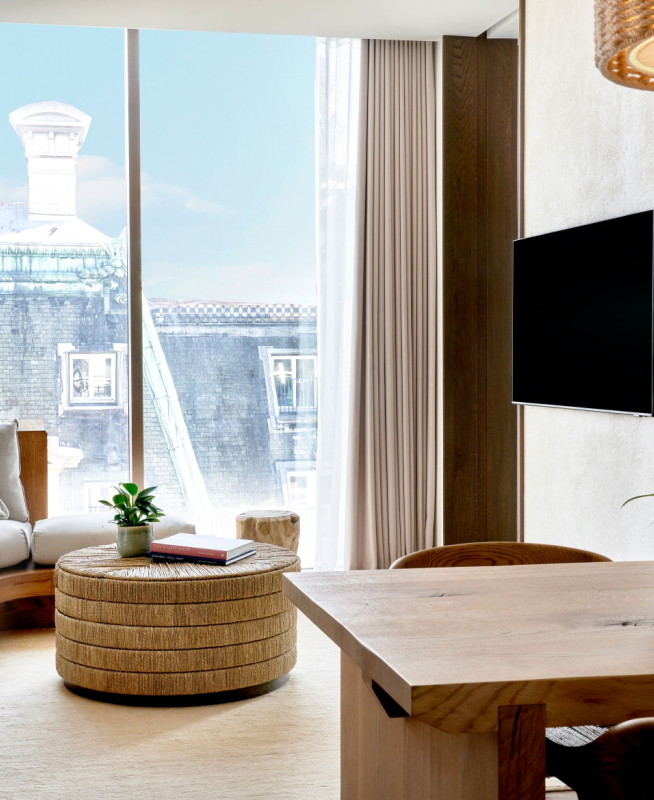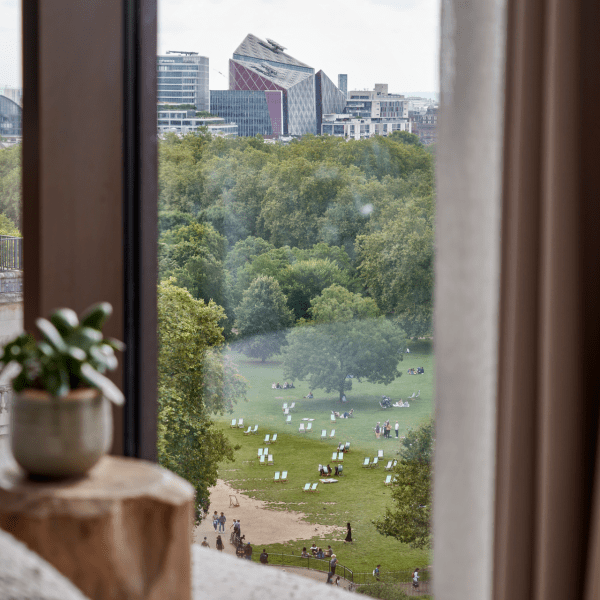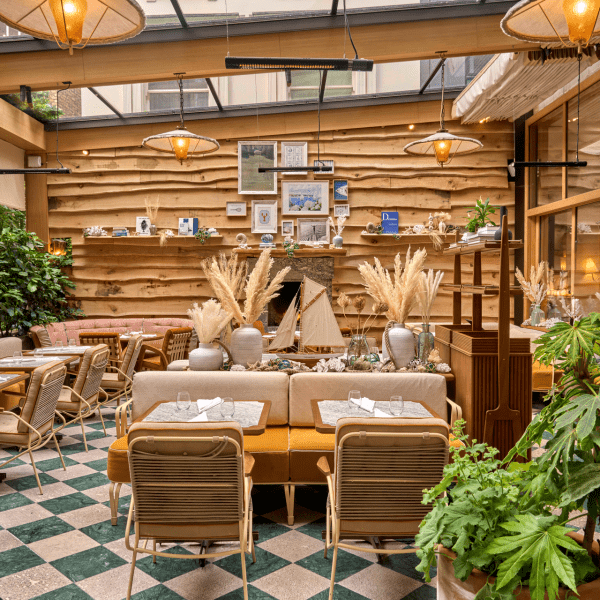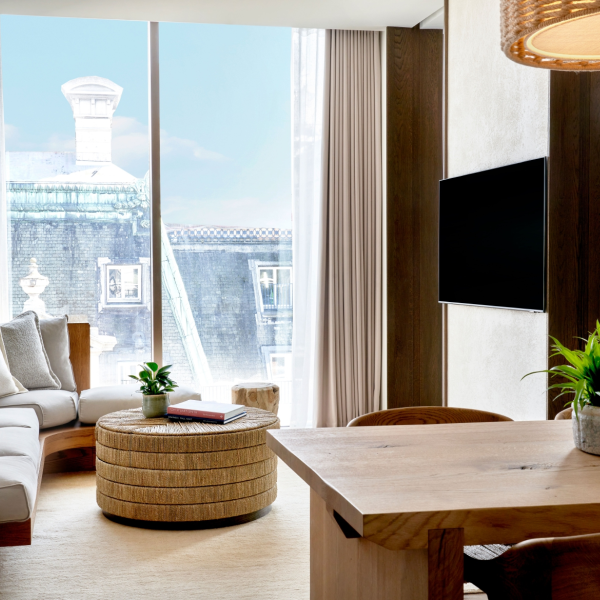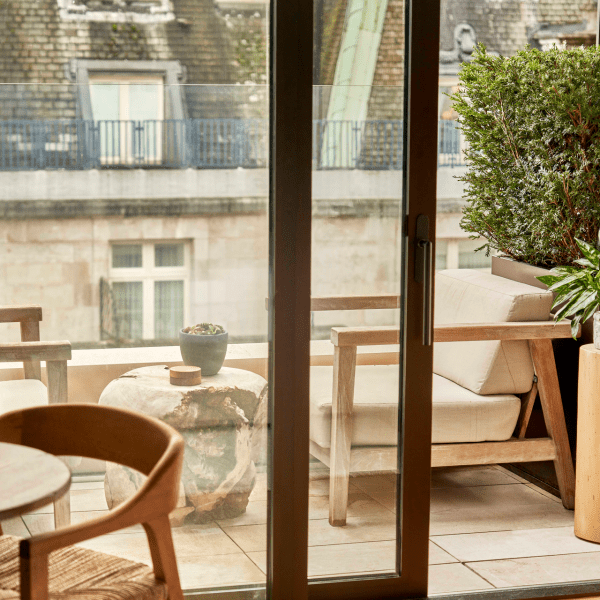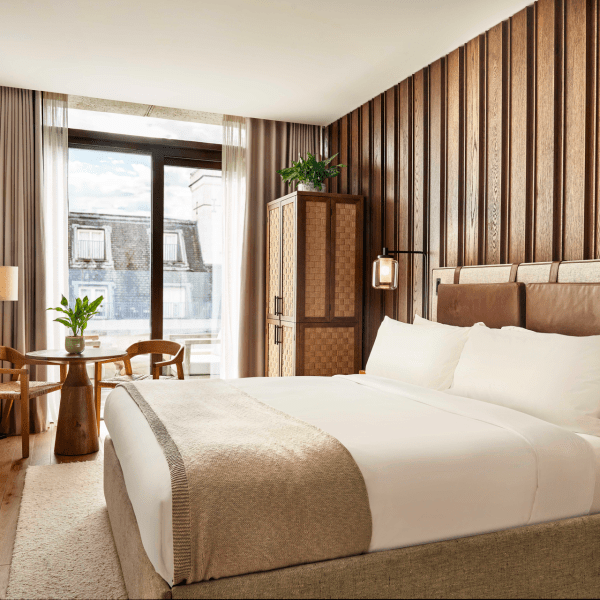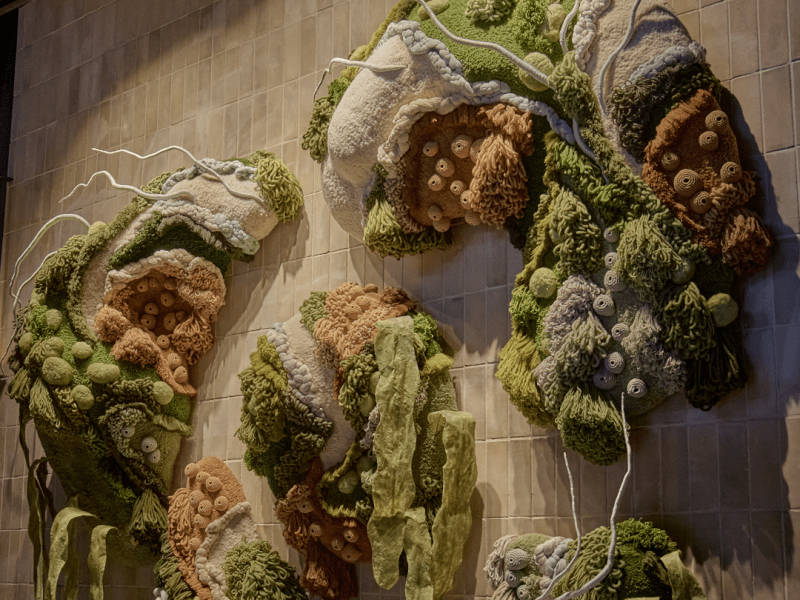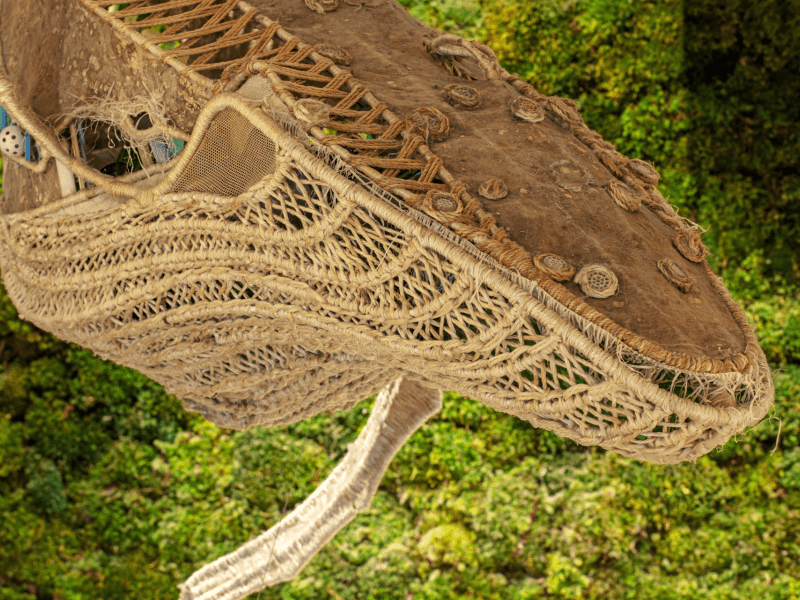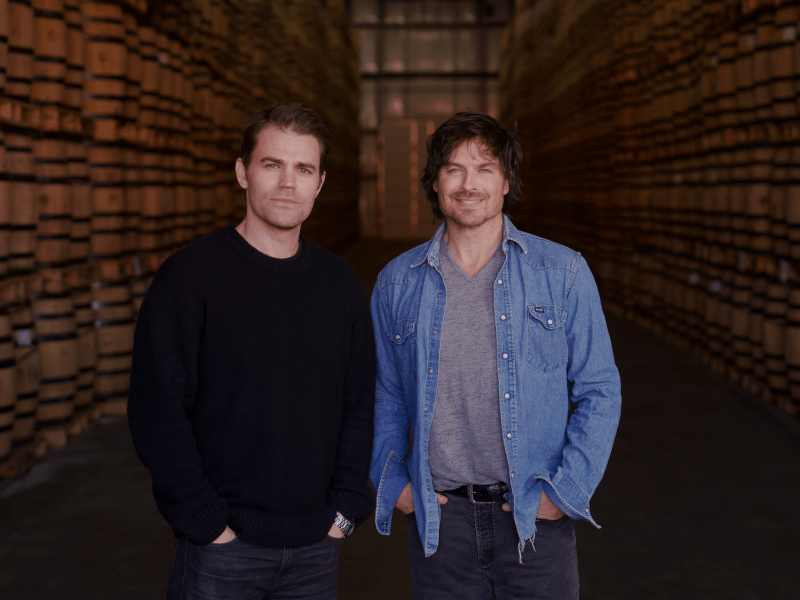Welcome to your London retreat, nestled in the heart of London's iconic Mayfair district surrounded by the vibrant natural beauty of numerous Royal Parks and the unparalleled history of world-renowned museums, galleries, and theatres. Our sustainable sanctuary echoes the tale of a stunning cityscape uniquely graced by nature's boundless wonder.
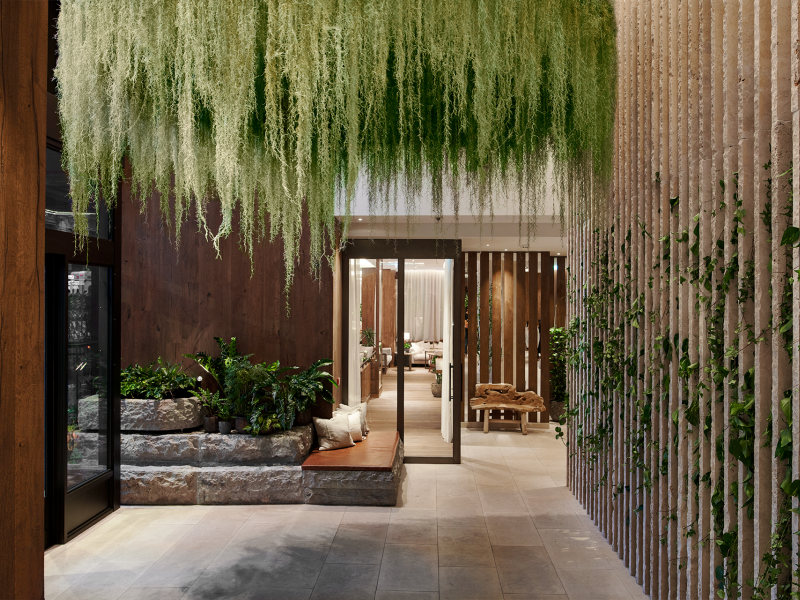
At 1 With Nature
1 Hotel Mayfair, just steps from London’s iconic Green Park, was built and refurbished from two existing buildings and reimagined to reduce CO2 emissions and accelerate sustainable practices throughout our operations. In addition to our live green walls, 1 Hotel Mayfair features 1,300 individual plants, shrubs and trees throughout its verdant grounds.
Drinking Sustainably
Each room features filtered water taps, with recycled wine-into-water bottles in every room. No thank you, single-use plastics. At 1 Hotel Mayfair, we also use an efficient irrigation system to nourish our exterior living walls, using the building’s roof area rainwater.

Good Energy Is Clean Energy
1 Hotel Mayfair is equipped with state-of-the-art energy-efficient heating and cooling systems, as well as occupancy sensors that adjust lighting and airflow systems based on whether guests are present in the room. Soft, integrated lighting enriches the serenity of each guest room.
Peace of Mind
We provide locally sourced, sustainable bed linens and non-toxic, organic mattresses, so you and the earth can sleep soundly.
Wandering Respectfully
Explore the city emission-free in our fully electric Audi e-tron, or take a walk through the surrounding verdant spaces including Green Park, St James' Park, and Hyde Park.
Wellness
At 1 Hotel Mayfair, our experiences are designed to nurture mind, body, and spirit—starting with holistic wellness at Bamford Wellness Spa, personalized workouts and Mind & Movement programming at The Field House.
Fur-Family Friendly
We would never ask you to leave your furry (or not furry) friend behind! As a pet friendly hotel, your pup is always welcome at 1 Hotel Mayfair.
Upcoming Events


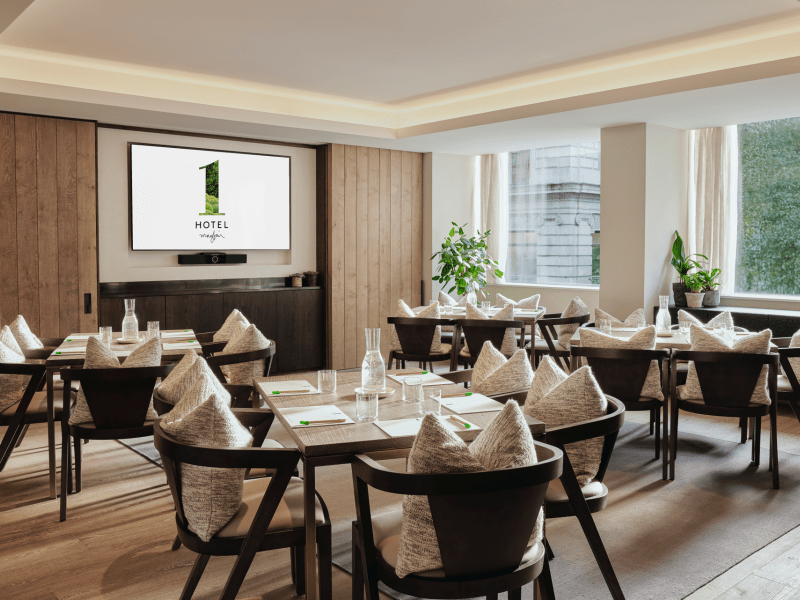
Taste
Helmed by two-Michelin-starred winner Chef Tom Sellers, 1 Hotel Mayfair's restaurant and terrace is grounded in timeless British fare and a deep respect for seasonal, organic, and locally sourced ingredients. The hotel also features a signature cocktail bar, Dover Yard, and a lobby café, Neighbours, for anytime get-togethers.
Do
Recharge with a custom fitness programming at The Field House, unwind and restore at Bamford Wellness Spa, wander the nature of Green Park, St. James’ Park, and Hyde Park, browse through boutiques on Bond Street, and find the West End’s 39 theatres, museums, and galleries just a short stroll away.
Gather
1 Hotel Mayfair offers a new way for guests to gather and host, with five interconnected spaces that adapt nimbly to multiple layouts, all with advanced tech, turnkey planning services and custom seasonal menus.
Offers & Experiences
London, the capital of both England and the UK, includes 1,579 square km (610 sq. mi) of bustling cityscape juxtaposed with thousands of acres of green parks and hundreds of kilometers of flowing water. The magnificent River Thames flows through the middle of the city, offering beautiful sights and playing a central role in its history and economy.
Mayfair puts on a beautiful show as the seasons change with mild winters, vibrant springs, temperate summers, and amber autumns. The average daytime temperature is 52 °F (11 °C) in January and 65 °F (18 °C) in July. The city is also famous for its dramatic cloudy skies and average annual rainfall of 23 inches (585 mm). Even during the clearest month of the year, July, it’s cloudy over 50% of the time. During its cloudiest month, December, you can expect clouds or overcast over 70% of the time.
Throughout the city itself, you can expect to cross paths with a wide variety of trees such as mimosas, redwoods, birch trees, London planes, nettle trees, and beyond. In the spring and summertime, you can stroll through fields of bluebells and fresh lavender. In London’s green spaces, you can expect to see long stretches of verdant grasslands, thousands of ancient trees, and vibrant wildflower meadows, providing a lush home for countless pollinator and wildlife species.
Don’t be fooled by its urban aesthetic, this city is home to over 5,000 species of wildlife. Strolling through the avenues, you can expect to see a vast array of birds — from peregrine falcons soaring through the air to swans floating through the canal. London’s green spaces are also home to deer, foxes, bats, squirrels, hedgehogs, and many more.
Eight Royal Parks cover nearly 40% of the city — Green Park, St. James’ Park, Hyde Park, Bushy Park, Richmond Park, Regent’s Park, Greenwich Park, and Kensington Gardens. 1 Hotel Mayfair is the perfect place to begin exploring these green spaces, as it’s nestled near Green Park, St. James’ Park, and Hyde Park. In addition to the parks, one of London’s greatest natural attractions is the River Thames, which beautifully and effortlessly interrupts its concrete surroundings.
London takes great pride in leading the UK in the fight against climate change with its ambitious goal towards net zero emissions by 2030, and the 2021 Energy Monitoring Report revealed great progress. The Royal Parks charity also launched a Biodiversity Framework in 2021, outlining ways to make the parks healthier and more resilient to climate change, acknowledging the vast benefits these parks provide for both people and wildlife. On top of this, the city maintains one of the greatest green public transportation networks in the world and remains a world leader in green building construction.
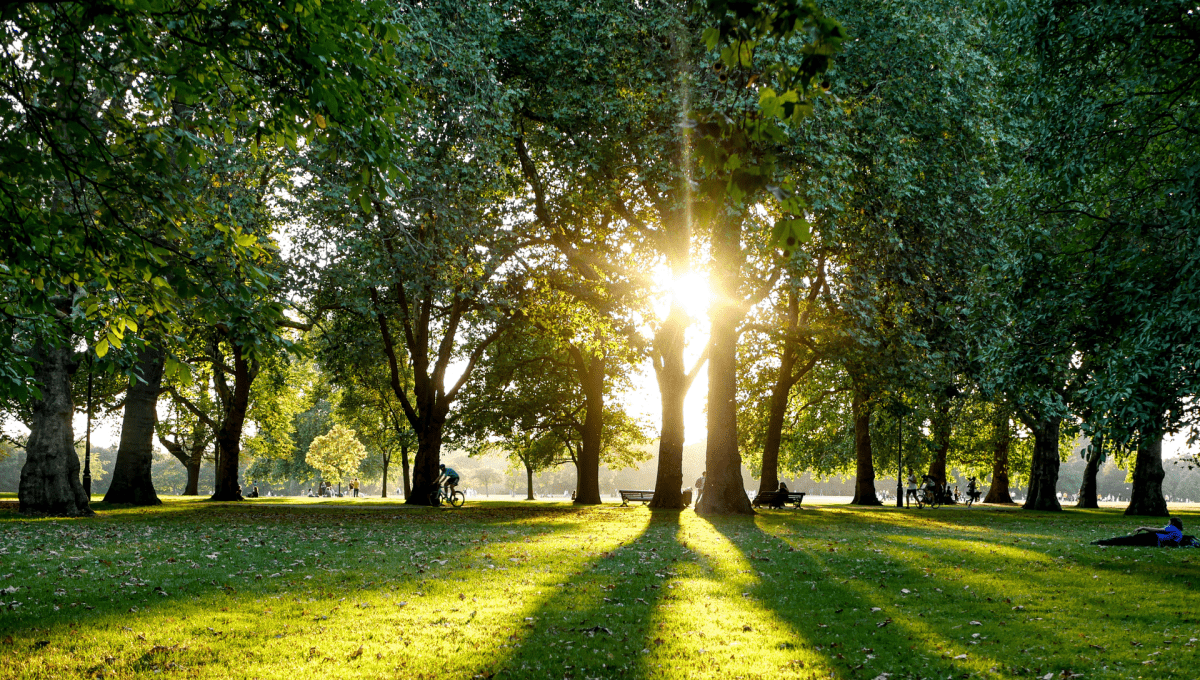
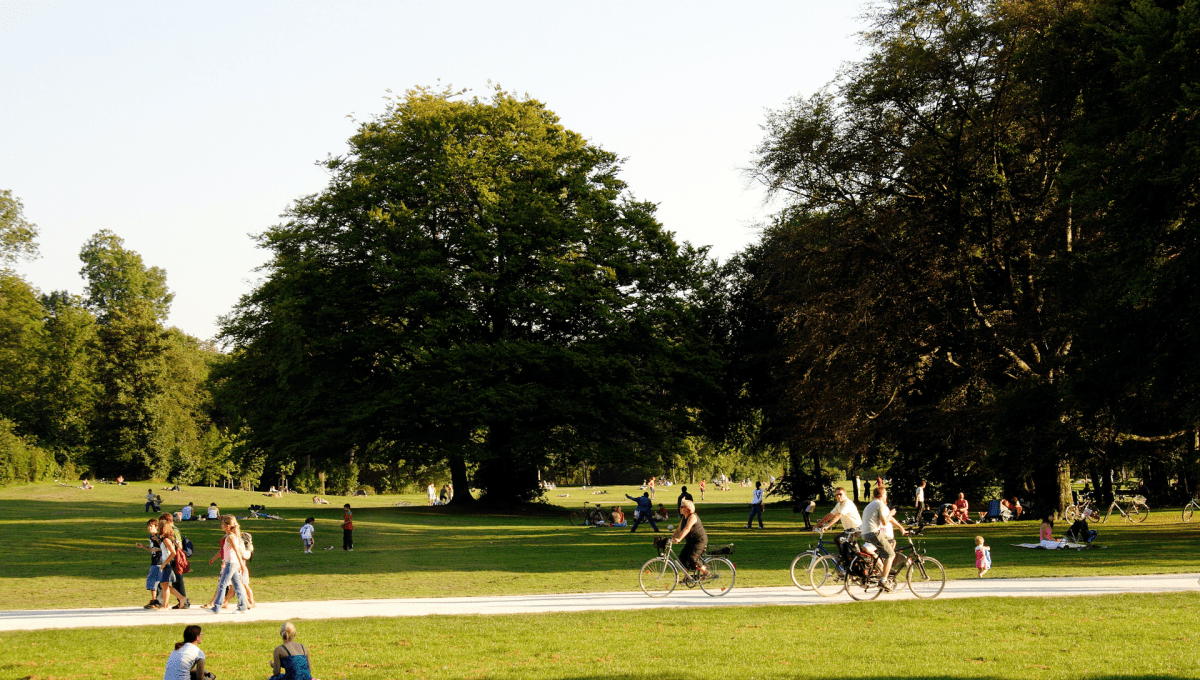
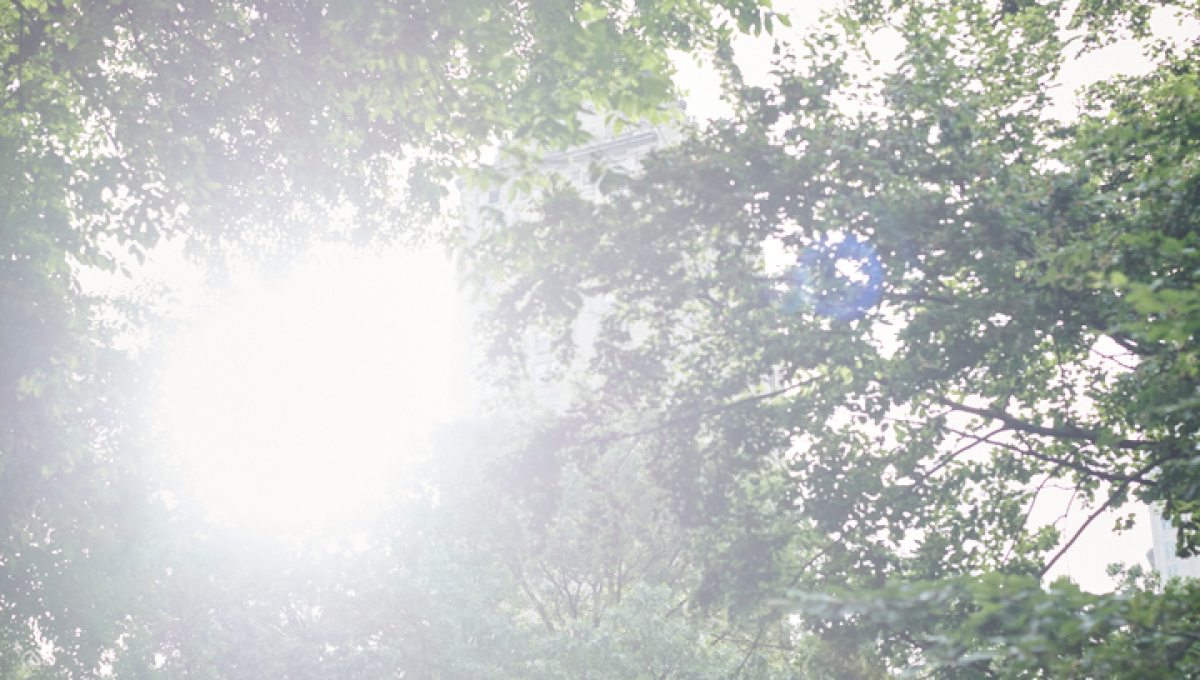
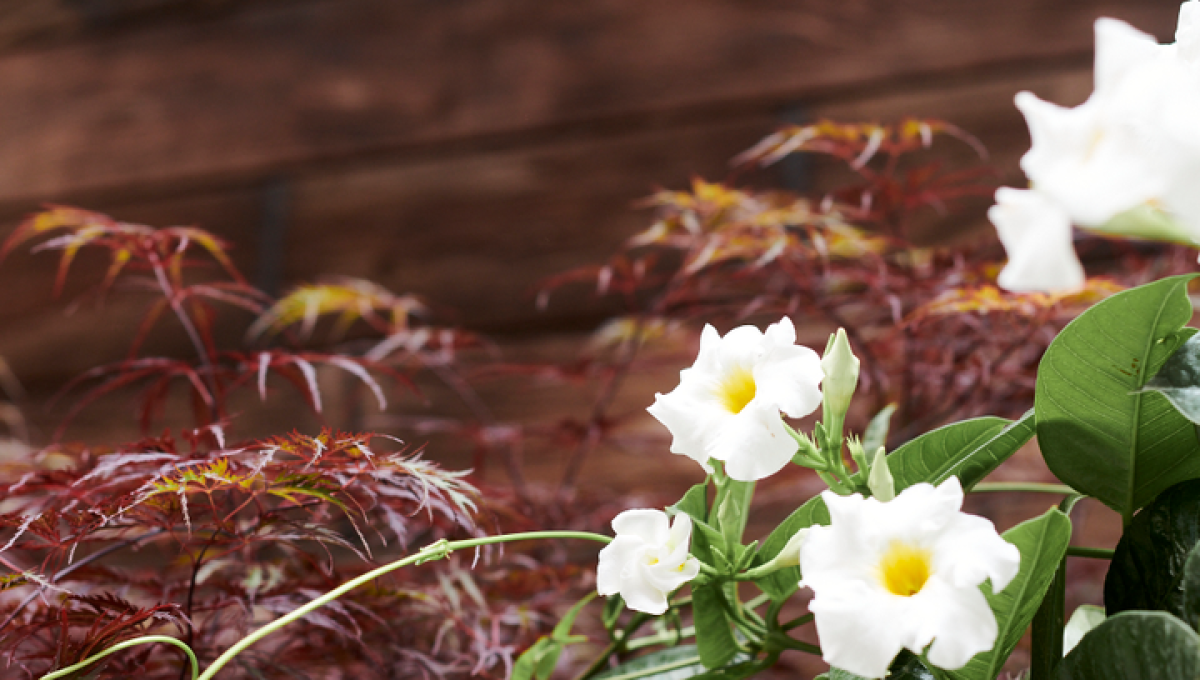
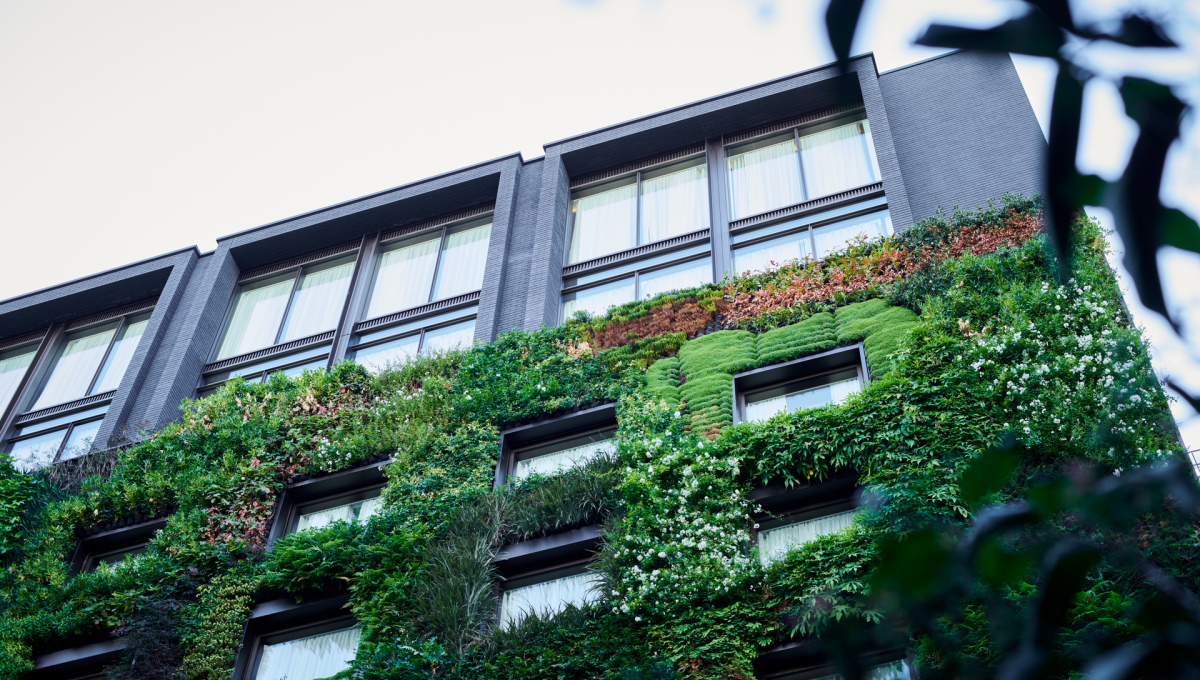
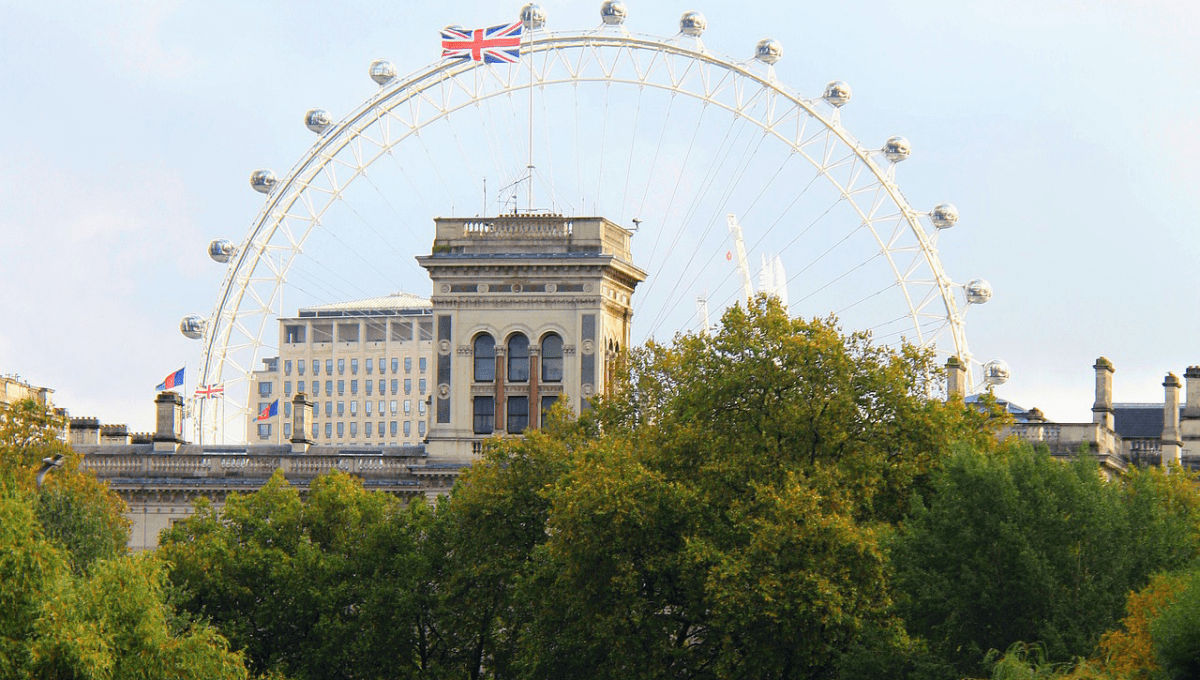

Guest Love






